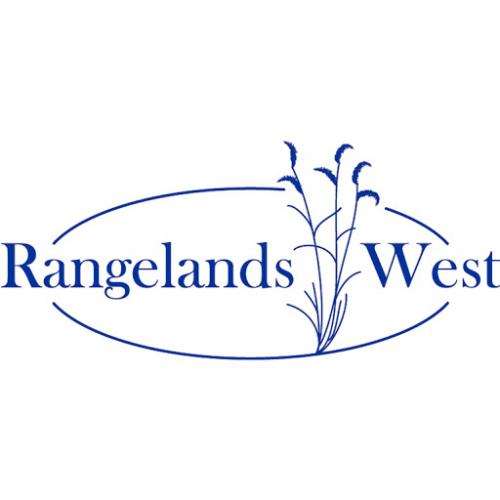Today, about one in four molecules of carbon dioxide in the atmosphere come from human activity, mainly burning fossil fuels. We also know that carbon dioxide, or CO2, is a "greenhouse gas" — it traps extra energy from the sun and warms the earth. Carbon dioxide levels in the air have been increasing every year, and usually faster each year, as we burn more and more coal, oil and gas. These are scientific facts beyond any dispute. But before Charles David Keeling started daily measurements of atmospheric CO2 in 1958, from near the top of Mauna Loa volcano on Hawaii's Big Island, no one knew for sure about this growth.
Keeling's measurements showed not only an increase in carbon dioxide, but also a human fingerprint. The instrument he used — a spectrometer — is able to chemically tell apart the kind of carbon found in fossil fuels, from the kind normally found in the air and water today. And the numbers add up: the increase of CO2 since the start of the Industrial Revolution has mostly been from burning fossil fuels. The remainder has come mainly from clearing and burning forest, which spectrometers can also detect (Spectrometers can tell apart different isotopes, or sizes, of carbon. CO2 from different sources has different mixes of carbon isotopes; so with a little accounting, scientists have been able to learn a lot about the sources of CO2 in our atmosphere).
In one more twist, Keeling's record showed that the planet "breathes" each year. Every spring and summer, carbon dioxide levels drop slightly in the northern hemisphere, as plants grow and take in CO2. Every fall and winter, levels increase again, as leaves fall and plants decay, releasing carbon back into the air. When Keeling's work revealed this subtle pattern, it provided even more confidence in the sensitivity and accuracy of his measurements.

Articles, citations, reports, websites, and multimedia resources focused on rangeland ecology, management, restoration, and other issues on American rangelands.